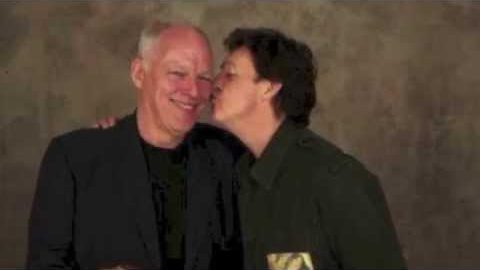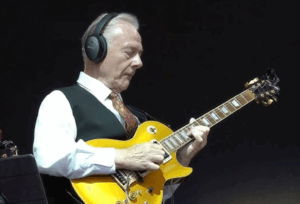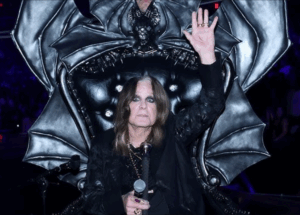Fans Don’t Know Paul McCartney Was Supposedly In “Dark Side Of The Moon”

via Juan Pérez Ventura / Youtube
During the emergence of the 1970s, Pink Floyd gradually began to regroup following Syd Barrett’s struggles with his own mental state. Roger Waters and David Gilmour took charge of the band’s direction, steering away from the space rock sound found in their earlier album, Piper at The Gates of Dawn, and embracing a more progressive style.
While glam rock and hard rock were dominating the music scene, Pink Floyd’s album, The Dark Side of the Moon, became a pivotal moment that revolutionized the music landscape.
Tracks Progress With Resonance of Life
Seeking to explore the essence of existence, each track in the album showcases various aspects that define the humanity of Floyd’s members. From the resounding tones of “Money” to contemplations on the fleeting nature of life in “Time,” they encompass the diverse facets of human experience. Moreover, the band aimed to employ not only musical instruments and lyrics but also other means to narrate the album’s story.
During the process of laying down the foundational tracks for each song, the band engaged in conversations with various individuals at the studio, posing inquiries about life, such as “When was the last time you were violent?” or “Are you afraid of dying?” Although some of these interview segments made it into the final version, a notable absence was observed in the form of a renowned music icon.
Paul McCartney, among the numerous individuals entering and exiting Abbey Road Studios, was present while Floyd was busy finalizing the Red Rose Speedway album for Wings. Although McCartney willingly took part in the recording sessions, Waters felt that his responses to the inquiries did not align with the intended atmosphere of the album.
While McCartney’s responses continue to be unknown, Waters believed that the inclusion of his vocal recording was not valuable. In a conversation with biographer John Harris, Waters expressed:
“He was the only one who found it necessary to perform, which was useless. I thought it was really interesting that he would do that. He was trying to be funny, which wasn’t what we wanted at all.”
When considering the responses given by the interviewees during that time, it becomes clear why Waters holds his viewpoint. Whether it’s the studio doorman or the road crew members wandering around the studio, their dry humor and monotonous tone effectively immerse the listener in the album’s atmosphere. It feels as though these detached voices casually drift by the listener’s ears while the rest of the song unfolds.
The Journey Through Darkness
Undoubtedly, The Beatles would manage to secure a place in the ultimate edition of the album no matter what. In the latter stages of the endeavor, while the track “Eclipse” is gradually fading away, listeners are pleasantly surprised by a final remark from the doorman affirming that the notion of a dark side of the moon is nonexistent, as the entire side remains enveloped in darkness.
Simultaneously, during the recording of this segment, faint melodies emanate from an orchestra situated nearby, engaged in the performance of a classical rendition of The Beatles’ well-known composition, “Ticket to Ride.”
Despite having his contributions rejected, McCartney maintained a positive relationship with the band members and even had David Gilmour make a guest appearance on his 1999 album of cover songs, titled “Run Devil Run.” McCartney’s talent as a vocalist is undeniable, but his cheerful demeanor contrasts sharply with the ethos of Pink Floyd.


















